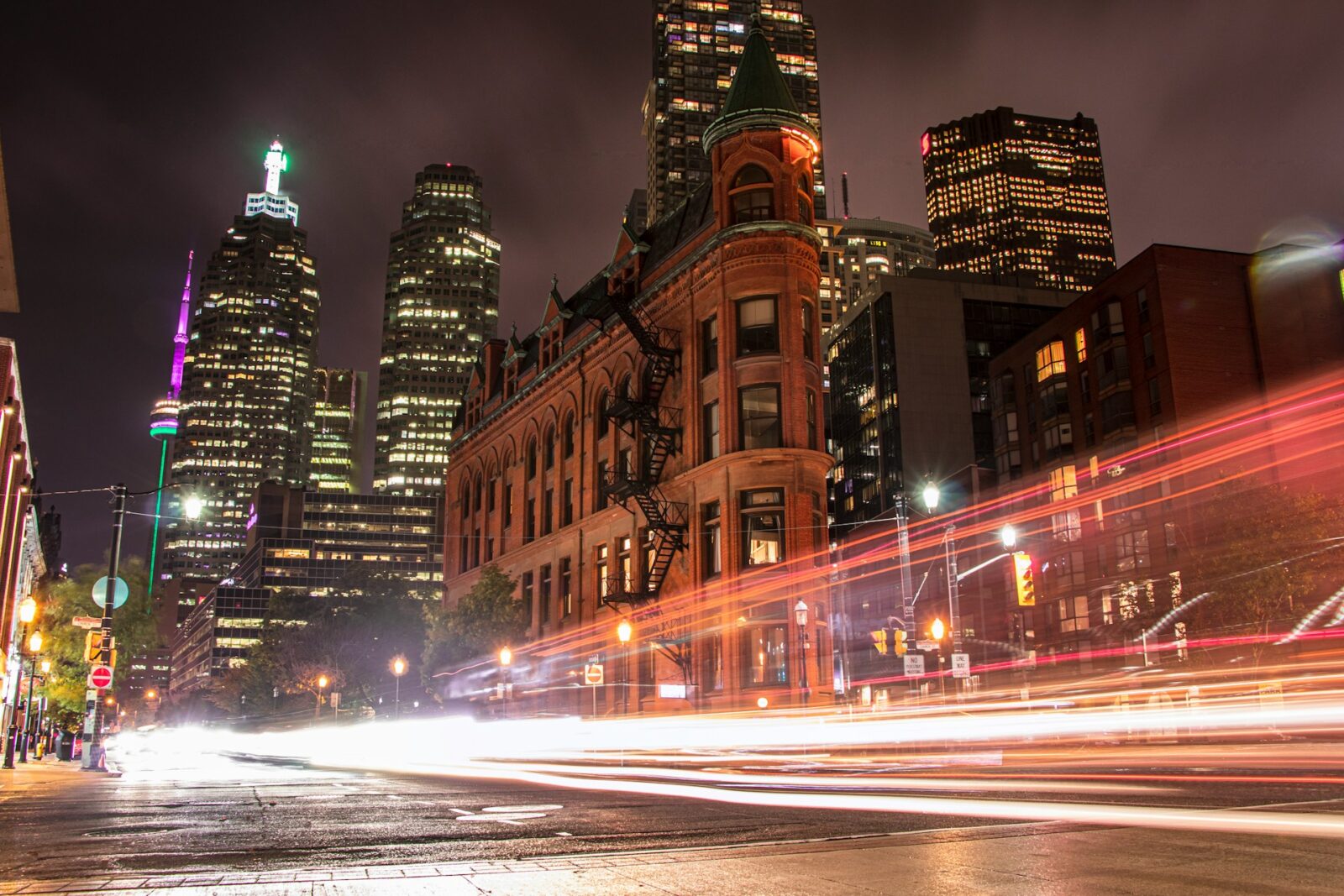Toronto moves fast. The cranes never stop. The skyline redraws itself by the season. New cafés replace old ones before the paint even dries. It’s a city that’s always evolving, and sometimes that pace can make it feel hard to catch your breath. But underneath the rush, there’s still a version of Toronto that remembers what makes it worth loving.
This is the city at its best, human, grounded, and quietly creative.
The Toronto Most People Don’t See
People often talk about Toronto like it’s a machine. Efficient, ambitious, practical. That’s not untrue, but it’s incomplete. There’s a softer pulse running through it, one that shows up in ordinary places: a local grocer who remembers your name, a street musician who plays the same song every morning, neighbours who look out for each other even when they don’t speak the same language.
These small gestures are easy to overlook, but they build the city’s character far more than its architecture does. Toronto may be modern and polished, but it’s also layered with history, memory, and care. You can still feel it if you know where to look.
The Charm of Everyday Toronto
Walk through Queen West, Kensington, or Ossington and you’ll find the version of Toronto that doesn’t try too hard. Cafés with mismatched chairs. Artists hauling canvases up narrow staircases. Sidewalks dotted with flower stalls and chalk art. It’s the kind of charm that doesn’t announce itself, you just stumble into it while doing something ordinary.
Queen West, in particular, has always been one of the city’s creative lungs. Its storefronts still hum with the energy of people who make things for a living. You can feel the mix of cultures, trades, and temperaments in every block. It’s messy, unpredictable, and deeply alive.
The Value of Making Things
In a world that prizes convenience, the act of making something by hand feels like a quiet rebellion. It’s slower, harder, and infinitely more meaningful. Toronto’s creative community knows this well. From ceramic studios in the Junction to leather workshops in Leslieville, the city still has spaces where craft thrives.
One of those spaces is Made You Look, a Toronto jewellery store that has become a fixture of the Queen West arts scene. Inside, the pace changes completely. Every piece of jewellery made here carries a sense of intention. You can tell it was designed by someone who still believes in the connection between the maker and the wearer. In a city where so much is automated, that kind of connection matters.
A City Built on Layers
Toronto’s strength has always been its mix. Old and new. Local and global. Every street tells two stories: what’s here now, and what used to be. The same goes for its creative spaces.
Many of the city’s artisans work out of old industrial buildings that once made something entirely different: textiles, furniture, machinery. Now, those same rooms hum with new kinds of making. The bones stay the same, the purpose evolves. It’s a fitting metaphor for the city itself.
Toronto doesn’t erase its past; it folds it in. You see it in the architecture, the food, and the art. It’s a constant reminder that progress doesn’t have to mean forgetting where you came from.
The Geography of Connection
You can map Toronto by its creativity if you know how to look. Parkdale’s mural-covered alleys. Kensington Market’s vintage stalls. The Junction’s quiet studios. Queen West’s mix of galleries and makers. Each one adds to the geography of connection, a map drawn not by streets, but by stories.
These are the places where the city slows down just enough for people to meet, talk, and share ideas. It’s what makes Toronto feel alive beneath the surface. For all its size and speed, it’s still a city built on human scale.
What Toronto Gets Right
For all its traffic and noise, Toronto still gets the important things right. It’s diverse not just in population, but in perspective. It’s a city that keeps learning how to be better. It experiments, adapts, and keeps building, both literally and figuratively.
Its creative core (the people who design, make, and restore) keeps it grounded. They remind everyone that beauty isn’t only in what’s finished, but in what’s being worked on.
Toronto’s real story isn’t about glass towers or global rankings. It’s about effort. The steady, everyday kind that never makes the news but holds the city together anyway.







